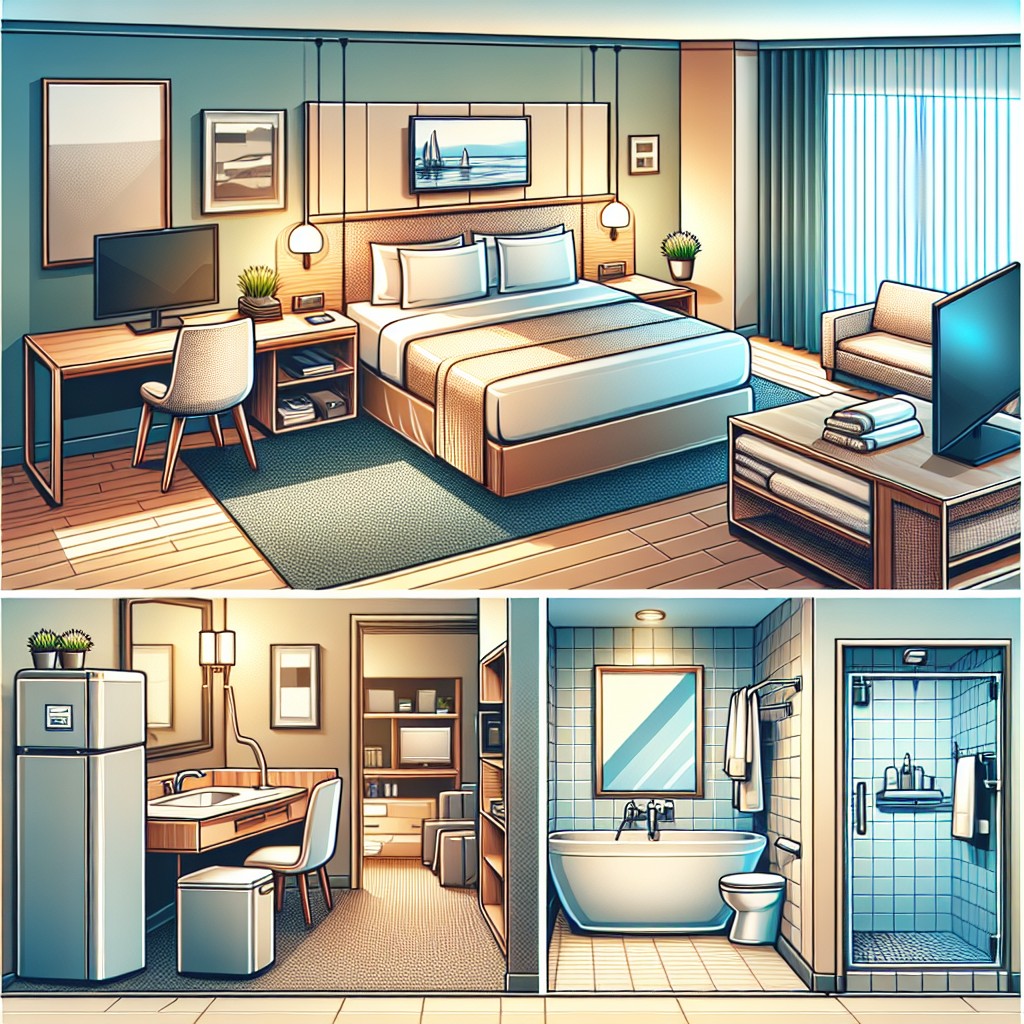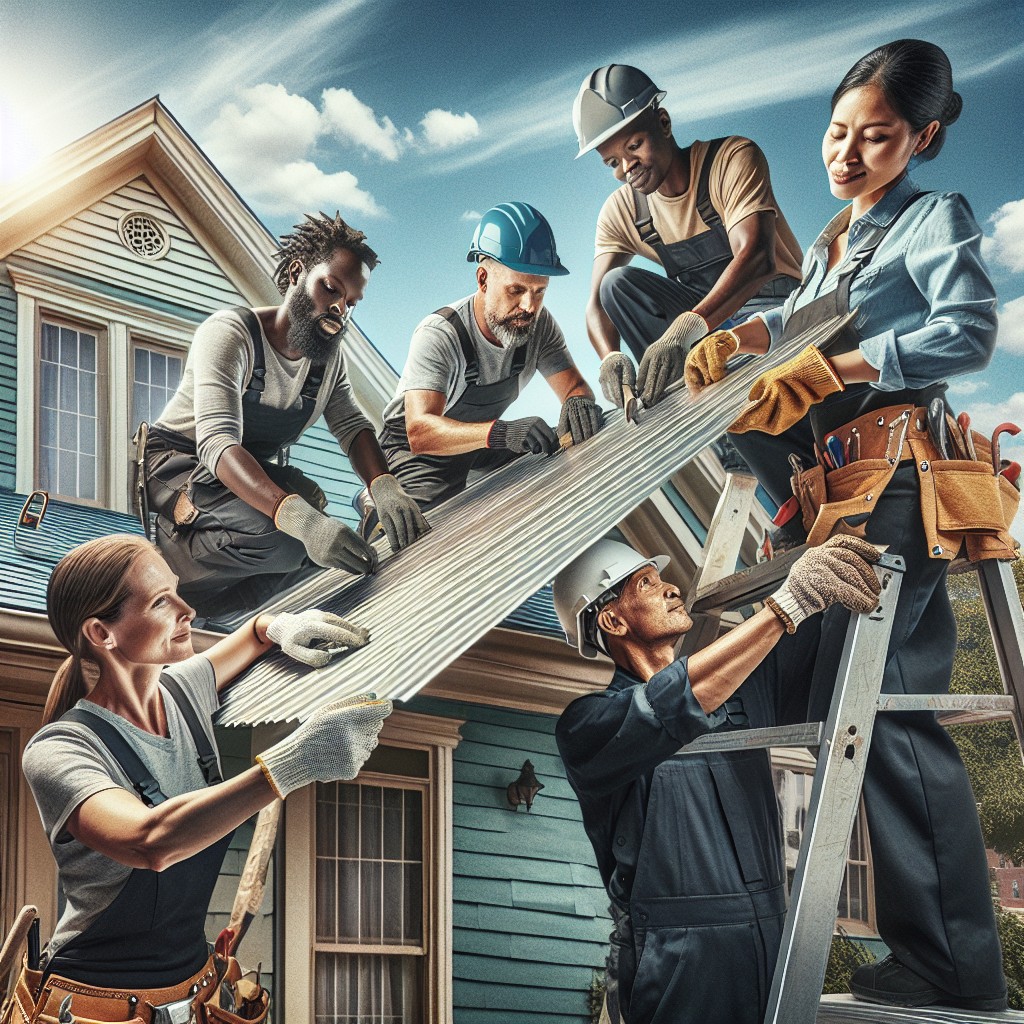Last updated on
Dive into understanding why Tin Roof in Fort Lauderdale has become a beloved hotspot, because its unique blend of live music, delicious fare, and distinctive ambiance sets it apart from other venues.
Key takeaways:
- Tin roofing is popular in Fort Lauderdale due to its durability.
- Tin roofs in coastal climates resist rust and offer wind resistance.
- Tin roofs come in various styles and finishes to complement homes.
- Proper installation and maintenance are crucial for tin roofs in humid conditions.
- Tin roofs in sunny climates provide energy efficiency and lower cooling costs.
Popularity of Tin Roofs in Fort Lauderdale

In the coastal city of Fort Lauderdale, the use of tin roofing has seen a significant uptick. This surge is largely attributed to the material’s ability to withstand the harsh saltwater environment. Homeowners appreciate tin’s longevity, often outlasting other materials that succumb to the corrosive oceanic air.
Its reflective properties are another draw, offering a cooler home interior in Florida’s year-round sun, which translates into energy savings. Moreover, the aesthetic appeal of tin roofing, with its classic look, complements the diverse architecture found throughout the city, from historic homes to modern residences.
Its lightweight nature also means it can be easily supported by a range of structures without requiring extensive reinforcement.
Benefits of Tin Roofing in Coastal Climates

Tin roofing, known for its durability, stands up exceptionally well to the salty sea air prevalent in coastal climates, which can cause other materials to corrode prematurely. The material’s innate resistance to rust provides longevity and reduces the need for frequent replacements.
Reflectivity is another hallmark of tin roofing. It reflects the harsh sun, helping to keep homes cooler during the warmer months, leading to potential savings on cooling costs.
The lightweight nature of tin is advantageous, considering the structural foundations of homes. It imposes less stress on the building, which is particularly important in areas like Fort Lauderdale where the ground may be sandy and less stable.
Tin roofs also offer superior wind resistance compared to other materials, a crucial feature in areas susceptible to tropical storms and hurricanes. Correctly installed tin roofing systems can withstand high wind speeds, offering added protection during extreme weather events.
Lastly, tin roofing is environmentally friendly. Tin is a sustainable material and can often be recycled at the end of its useful life, aligning with eco-conscious building practices that are increasingly important in fragile coastal ecosystems.
Common Styles and Finishes of Tin Roofs
When selecting a tin roof, homeowners can choose from a variety of styles and finishes that not only protect their home but also enhance its aesthetic appeal. Standing seam panels, characterized by their raised interlocking seams, offer a modern look and reinforce the roof against water ingress. Corrugated panels, with their distinctive wavy design, provide a classic appearance and structural rigidity at a cost-effective price point.
Finishes range from natural metal to a palette of factory-applied colors. Coatings are not just about color; they can reflect solar radiation, resist rust, and decrease the need for cooling in sunny Florida. Stone-coated steel tiles mimic the look of traditional materials like clay or wood shake, offering the charm of these styles with the resilience of metal.
Homeowners should consider both the visual harmony with their home’s architecture and the practical benefits of each style and finish, balancing curb appeal with durability and performance in the tropical climate of Fort Lauderdale.
Installation Considerations in Fort Lauderdale
When having a tin roof installed in Fort Lauderdale, it’s essential to account for the subtropical climate and the impact of salt air from the ocean. Use materials resistant to corrosion and rust, and ensure proper fastening systems are in place to withstand high winds from tropical storms and hurricanes.
Professionals must ensure ventilation is adequate to manage heat and humidity, reducing the risk of moisture damage. It’s optimal to hire experienced local contractors familiar with regional weather patterns and building codes, which dictate specific structural requirements to maximize safety and durability.
Hiring a contractor who offers a strong warranty can provide peace of mind in the event of weather-related damage.
Maintenance Tips for Tin Roofs in Humid Conditions
Regular inspection is key to identifying potential issues with your tin roof before they escalate. Aim for a bi-annual check-up, particularly after the storm season, to ensure no damage has been incurred.
Keep the surface free of debris, such as leaves or branches, which can retain moisture and lead to corrosion over time. A soft broom or blower can be used for cleaning while avoiding scratching the metal surface.
Trim overhanging tree limbs to reduce debris accumulation and minimize the risk of damage from falling branches, especially during high winds common to Fort Lauderdale.
Ensure proper ventilation in the attic space to prevent moisture buildup. This can lead to rust and weaken the roof structure over time.
Check for and promptly repair any sealant failures or rust spots. Use a urethane-based caulk for seams and joints, and consider applying a metal roof-approved coating for enhanced protection against rust and UV light.
Monitor the fasteners and replace any that have become loose or corroded. Stainless steel or galvanized steel screws with rubber washers are ideal for securing tin roofs in humid climates.
Do not allow standing water to accumulate. Ensure gutters and downspouts are clear of obstructions and functioning properly to facilitate effective water runoff.
Consider consulting with a professional roofer who has experience in maintaining metal roofs in coastal environments to provide expert care and advice for your tin roof.
Energy Efficiency of Tin Roofs in Sunny Climates
Tin roofing, with its highly reflective surface, deflects a significant portion of the sun’s rays, minimizing heat absorption. This characteristic is particularly beneficial in sunny climates like Fort Lauderdale’s, where intense solar radiation can increase cooling costs. A tin roof coated with reflective paint or granules can enhance this effect, further lowering indoor temperatures.
The material’s inherent properties contribute to a reduction in the heat island effect, often prevalent in urban areas. Urban heat islands occur when buildings absorb and re-emit the sun’s heat, causing higher temperatures in densely populated regions.
Furthermore, proper insulation and ventilation beneath tin roofing amplify energy-saving outcomes. This system prevents heat from being trapped, promoting a cooler roof and living space.
When combined, these factors enable tin roofs to contribute to lower energy bills and increased comfort inside homes in Fort Lauderdale, making them an eco-friendly and cost-effective option for homeowners.
Local Fort Lauderdale Contractors Specializing in Tin Roofing
Selecting the right contractor is crucial for a successful tin roof installation. Fort Lauderdale has a variety of skilled roofing professionals with expertise in metal roofing systems.
When choosing a contractor, verify their certifications and ensure they have considerable experience with tin roofs specifically. A good contractor will offer a portfolio of previous work, references from past customers, and an outline of the project timeline and warranty information.
Reputable local contractors should be familiar with Florida’s building codes and the unique challenges presented by the coastal environment. They will guide you through the permitting process and can help secure the necessary approvals before commencing work.
Furthermore, the best contractors in the area often provide added value services, including regular maintenance checks and guidance on making your tin roof more energy efficient in the face of Fort Lauderdale’s sunny climate.
Always seek multiple quotes to compare services and costs to make an informed decision.
Permitting and Building Codes for Tin Roof Installation in Fort Lauderdale
Navigating the permitting process is a crucial step before beginning any tin roof installation in Fort Lauderdale. The city adheres to the Florida Building Code, which outlines specific regulations designed to enhance the durability and safety of roofing systems in the face of extreme weather events common to the area.
Key points include:
- Permit Application: Homeowners or contractors must apply for a roofing permit through the Fort Lauderdale Building Services Division. The process includes submitting detailed plans and materials lists for review.
- Wind Resistance: Given the hurricane-prone nature of the region, tin roofs must comply with wind uplift resistance requirements. This typically means ensuring proper installation with clips or fasteners rated for high winds.
- Corrosion Resistance: The local code also demands materials used to be corrosion-resistant. Given Fort Lauderdale’s coastal environment, tin roofs must be able to withstand salty air and moisture without deteriorating prematurely.
- Inspections: After obtaining permits and during installation, expect several inspections. These ensure that the work meets or exceeds the standards for safety and resilience set by the Florida Building Code.
- Contractor Credentials: Only licensed contractors are allowed to pull roofing permits, guaranteeing that the individuals working on your roof are qualified and familiar with local building codes.
These guidelines ensure that your tin roof will be well-equipped to protect your property while complying with local construction standards. For the most up-to-date information and assistance, contacting the city’s Building Services Division or a licensed contractor is the recommended course of action.
Pros and Cons of Tin Roofing in Hurricane-Prone Areas
Tin roofing offers durability and wind resistance, advantageous in areas frequently hit by hurricanes. Its metal composition can endure high winds, although it’s pertinent to ensure proper installation with strong fasteners to prevent uplift. Moreover, tin’s low weight places less stress on structural elements.
Conversely, in the event of flying debris, tin may dent or pierce more easily than some heavier materials. The noise level during rainstorms or hail can be significant, which is a consideration for residential comfort. While tin roofs are long-lasting, consistent exposure to salty air may necessitate more frequent maintenance to guard against corrosion.
Overall, when contemplating tin in hurricane-prone regions, the emphasis on installation quality and routine maintenance becomes paramount to harness its advantages while mitigating its drawbacks.
Safety Features of Tin Roofs During Storms and High Winds
Tin roofing is inherently durable, making it a suitable option for homes in Fort Lauderdale, where high winds and storms are common. The material’s lightweight nature, combined with robust installation techniques, ensures it can withstand severe weather conditions.
Interlocking panels provide added wind resistance, reducing the risk of uplift during hurricanes or gusty thunderstorms. Furthermore, the surface of tin roofs is typically treated to resist corrosion and seal out water, crucial for longevity in a storm-prone area. Properly anchored with corrosion-resistant fasteners, these roofs are less likely to sustain damage or require frequent repairs after inclement weather, underlining their reliability in safeguarding against the elements.
Beyond structural resilience, the sound of rain on a tin roof can be soothing and, with adequate insulation, does not have to be disruptive. It’s essential for homeowners to ensure regular inspections and upkeep, especially after extreme weather events, to maintain these safety features and guarantee the long-term performance of their tin roofs.




